Discover how to build stronger, healthier bones naturally with exercise, nutrition, habits, and lifestyle guidance in this complete Active Bones wellness guide.
Bone health is not something most people think about daily. We focus on fitness, diet, strength, or appearance—but forget the foundation that supports it all: our bones. They hold our body upright, protect vital organs, support muscles, and store essential minerals. When your bones are healthy, your entire body functions better. When they weaken, every movement becomes harder—and sometimes painful.
The idea behind “Active Bones” is simple. Just like muscles, bones thrive when they are active. With the right exercise, nutrition, and lifestyle habits, you can build stronger bones at any age. This ultimate guide will help you understand why bone health matters, how to protect your skeletal system, and what daily habits can dramatically improve your long-term strength and mobility.
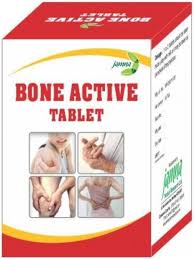
1. Understanding Bones: The Foundation of a Strong Body
Bones are not lifeless structures; they are living, growing tissues. Throughout your lifetime, your bones constantly break down old tissue and rebuild new ones in a process known as bone remodeling. This is why every age—from childhood to old age—requires attention to bone health.
Why Bone Strength Decreases
Several factors contribute to bone density loss:
- Aging
- Lack of physical activity
- Poor nutrition (especially low calcium and Vitamin D)
- Hormonal changes
- Excessive alcohol or smoking
- Long-term medications
- Family history
But here’s the good news: bone loss is preventable and manageable, especially when you follow an Active Bones routine.
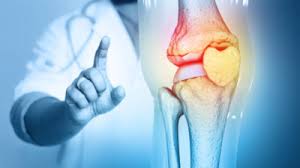
2. Why Active Bones Matter for Every Age Group
Bone health isn’t only a concern for older adults. Your bones need attention at every stage of life.
Children & Teenagers: The Building Phase
Nearly 90% of bone mass is built before age 20. This is the time when strong habits matter the most.
Adults (20–40): Maintenance Phase
Your peak bone mass stabilizes. Your goal is to maintain what you built earlier.
Age 40+: Prevention Phase
After 40, bone loss increases naturally. Staying active keeps bones dense and reduces fracture risks.
Seniors (60+): Protection Phase
Bones become fragile, so strengthening, balance training, and proper nutrition are essential.
The Active Bones lifestyle ensures that no matter your age, you keep your skeleton strong and functional.
3. Signs Your Bones May Be Getting Weaker
Weak bones don’t show symptoms early. They often go unnoticed until major problems arise. Watch out for:
- Back pain or sudden spine curvature
- Reduced height over time
- Brittle nails
- Weak grip strength
- Joint stiffness
- Easily fractured bones
- Fatigue or muscle weakness
If you notice any of these signs, start following bone-strengthening habits immediately.

4. The Pillars of Active Bones: What You Need for Strong Bones
Healthy bones rely on four core pillars:
Pillar 1: Nutrition
What you eat directly affects your bone density.
Pillar 2: Physical Activity
Movement signals the body to build stronger bones.
Pillar 3: Lifestyle Habits
Small daily choices make a massive impact.
Pillar 4: Medical Awareness
Regular checkups prevent bigger issues later.
Let’s explore each of these pillars in depth.
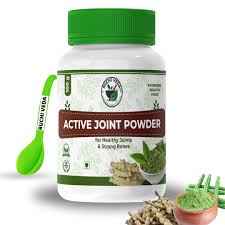
5. Nutrition for Active Bones: What to Eat for Stronger Bones
Food is the fuel that powers bone development. Without the right nutrients, bones lose strength gradually.
a) Calcium – The Core Mineral
Calcium keeps your bones solid and dense.
Daily Requirement: 1000–1200 mg
Best Sources:
- Milk, yogurt, cheese
- Ragi (finger millet)
- Almonds
- Leafy greens
- Soybeans
- Sesame seeds
- Fortified foods
b) Vitamin D – Helps Your Body Absorb Calcium
Without Vitamin D, calcium just passes through the body unused.
Sources:
- Sunlight
- Eggs
- Fish (salmon, tuna)
- Fortified milk
- Mushrooms
c) Protein – The Building Block
Bones contain nearly 50% protein.
Sources:
- Paneer
- Lentils
- Eggs
- Chicken & fish
- Soy
- Nuts
d) Magnesium & Potassium
These minerals maintain bone structure and density.
Sources:
- Bananas
- Avocado
- Pumpkin seeds
- Whole grains
e) Vitamin K2 – Directs Calcium to Bones
It prevents calcium from blocking arteries.
Sources:
- Leafy greens
- Fermented foods
When you combine these nutrients daily, your bones grow stronger naturally.
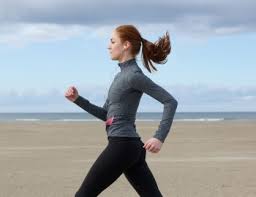
6. Exercises for Active Bones: The Best Workouts to Build Bone Strength
Bones become stronger when put under pressure—the right kind of pressure. Exercise triggers bone-forming cells, increasing density and strength.
a) Weight-Bearing Exercises
These are the most effective for bone strengthening.
- Brisk walking
- Jogging
- Dancing
- Hiking
- Skipping
- Stair climbing
b) Strength Training
Strength training does wonders for bone density.
Try:
- Dumbbells
- Resistance bands
- Bodyweight workouts (push-ups, squats, lunges)
- Kettlebells
c) Balance & Flexibility Training
These reduce fall risks and joint stiffness.
- Yoga
- Pilates
- Tai Chi
- Stretching exercises
d) High-Impact Workouts (for younger adults)
- Running
- Jumping jacks
- Sports like basketball and football
How Often Should You Exercise?
- 30–45 minutes daily
- Strength training 3–4 days a week
- Balance training every day for seniors
Consistency is the key to active, strong bones.
7. Lifestyle Habits That Support Active Bones
Good habits multiply the benefits of good nutrition and exercise.
a) Get Enough Sunlight
10–20 minutes daily helps produce natural Vitamin D.
b) Maintain a Healthy Weight
Being underweight increases the risk of fractures.
Being overweight adds pressure to bones and joints.
c) Avoid Smoking
Tobacco directly weakens bone tissue.
d) Cut Down on Alcohol
Heavy drinking reduces calcium absorption.
e) Improve Your Posture
Bad posture leads to spinal issues and bone compression.
f) Get Enough Sleep
Bones repair and regenerate during sleep.
These small habits make a long-term difference.
8. The Role of Supplements in Bone Health
Food is always the best source of nutrients, but sometimes supplements are necessary.
Doctors may prescribe:
- Calcium tablets
- Vitamin D3 supplements
- Magnesium
- Vitamin K2
- Omega-3 fatty acids
Note: Never take supplements without medical guidance.
9. How to Follow the Active Bones Routine Daily
Here’s a simple daily routine you can follow:
Morning
- Get 15 minutes of sunlight
- Drink a calcium-rich smoothie or milk
- Do stretching and warm-up
Afternoon
- Eat a balanced meal with greens, protein, and whole grains
- Take a short walk
Evening
- Do strength training or weight-bearing exercise
- Have nuts or yogurt as a snack
Night
- Sleep 7–8 hours
- Drink warm milk if needed for additional calcium
Repeat this routine daily to see visible improvement in bone strength and energy levels.
10. Bone Health Myths You Should Stop Believing
Many people follow wrong beliefs that harm bone health.
Myth 1: Only old people need to care for bone health
Truth: Everyone needs bone care from childhood.
Myth 2: Milk is the only source of calcium
Truth: Ragi, nuts, spinach, sesame, and soy are powerful alternatives.
Myth 3: Light exercise is enough
Truth: Bones need weight-bearing pressure to grow stronger.
Myth 4: Supplements can replace food
Truth: Supplements only support a proper diet, not replace it.
Myth 5: Bone loss cannot be reversed
Truth: With exercise and diet, bone density can improve significantly.
11. Risks of Ignoring Bone Health
Weak bones lead to severe issues in the long run, such as:
- Osteoporosis
- Frequent fractures
- Joint pain and stiffness
- Spine curvature
- Low mobility
- Poor posture
- Chronic fatigue
Ignoring bone health speeds up aging. Caring for bones slows it down.
12. How Active Bones Enhance Your Overall Life Quality
When your bones are strong, you enjoy:
- Better posture
- More energy
- Improved flexibility
- Better athletic performance
- Reduced body pain
- Longer independence in old age
- Higher confidence
Strong bones literally give you a strong life.
13. Active Bones for Women: A Special Note
Women lose bone density faster due to:
- Pregnancy
- Hormonal changes
- Menopause
Women must focus more on:
- Calcium-rich foods
- Vitamin D
- Strength training
- Regular checkups
Strong bones mean a healthier future.
14. Active Bones Checklist
Here’s a quick checklist you can follow:
✔ Calcium-rich foods
✔ Vitamin D exposure
✔ Daily exercise
✔ Strength training 3–4 times a week
✔ No smoking
✔ Limited alcohol
✔ Good posture
✔ Proper sleep
✔ Regular medical checkups
If you follow at least 70–80% of these, your bones will grow stronger every month.
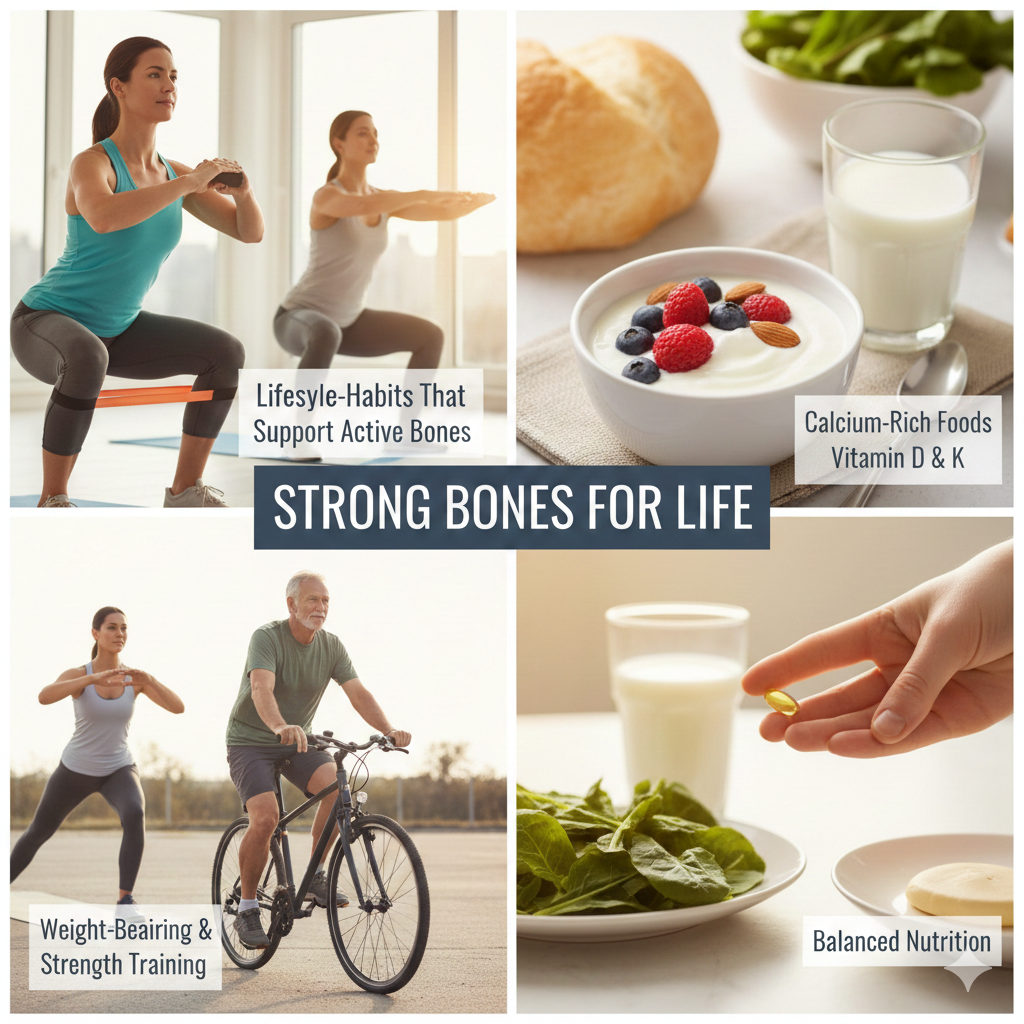
15. Final Thoughts: Strong Bones, Strong Life
Your bones support every movement you make—from walking to sitting to lifting. They silently work for you every second of your life. It’s time to return the favor.
By adopting the Active Bones lifestyle, you’re not just protecting your bones—you’re building a stronger, healthier, more energetic future.
Whether you’re young or old, fit or just starting out, busy or relaxed—your bones need your attention today. Start strengthening them now, and they’ll support you for a lifetime.

